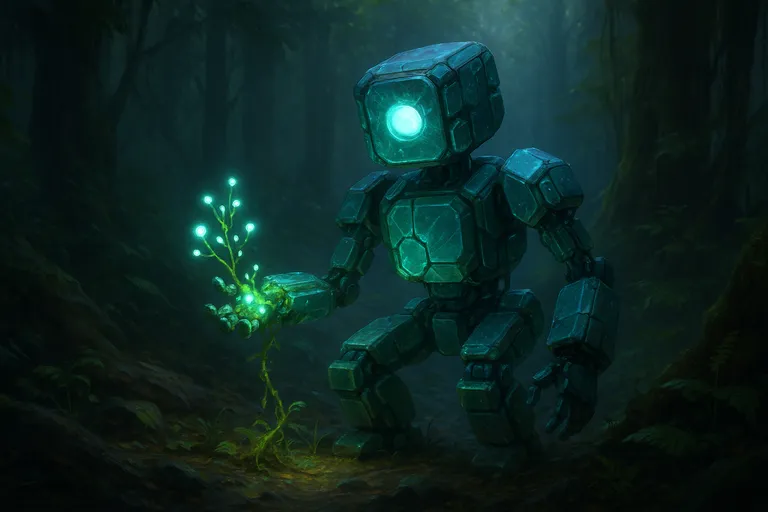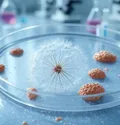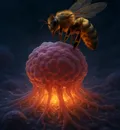No instructions. No repairs. Just evolution.
In a breakthrough that sounds more like science fiction than science, robotic engineers have developed a new class of modular robots that can grow, self-heal, and adapt by integrating pieces of their environment. These next-gen machines represent a radical shift in how we think about robotics—no longer as fixed tools, but as living systems capable of independent evolution.
“This is not just artificial intelligence. It’s artificial life,” said one lead researcher.
🔧 What Are Modular Robots?
Modular robots are built from individual units or “modules” that can:
- Attach and detach independently
- Change shape based on function
- Replace broken parts without human input
These robots can reassemble themselves, repair damaged components, or grow new parts by adapting elements from their surroundings—like incorporating materials found on-site or even discarded tech.
🧬 Inspired by Biology
The design draws heavily from biological systems:
- Like lizards regrowing tails
- Or octopuses changing form to fit through spaces
- Even plants adapting to harsh terrain
Researchers are programming robots not just to operate—but to evolve.
“We wanted machines that can survive and adapt in the wild—without us,” said a researcher at the forefront of the project.
🌍 Why It Matters
This technology opens the door to:
- Space exploration missions where repair crews aren’t available
- Search and rescue operations in disaster zones
- Underwater or volcanic exploration
- Fully autonomous planetary colonization robots
If a piece breaks off, the robot can grow a new one. If it lands in a new environment, it adapts. And if it needs a new function—it evolves.
🧠 Will These Robots Replace Us?
For now, they’re just tools—but smarter ones. But this kind of development raises important ethical questions:
- Should machines have evolutionary autonomy?
- Could they become unpredictable?
- Will we eventually build robots that no longer need human creators?
These modular machines don’t require maintenance—they just learn, grow, and keep moving.
🔮 What’s Next?
This is only the beginning. Future models could:
- Merge organic and synthetic tissue
- Use AI to redesign themselves
- Even form robotic ecosystems in extreme environments
One researcher said it best:
“We’re not just building robots anymore. We’re building survival machines.”
By ✍️ Tammy Castillo- MicuPost Team
Sources:



